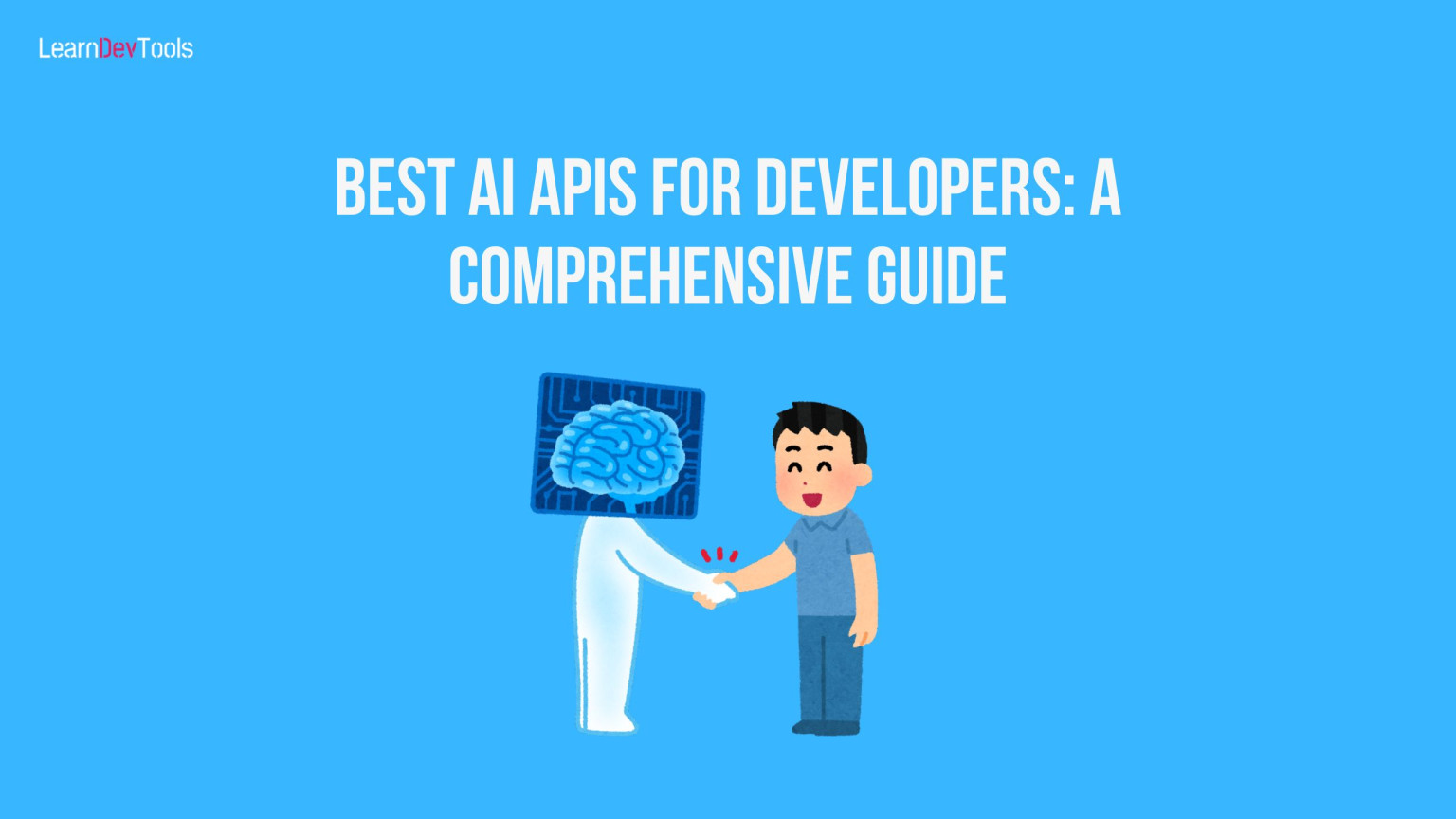In this article, we will delve into the concept of API Gateway, its benefits, and how it works.
In a modern IT context, application programming interfaces (APIs) are the most frequent approach to connect users, applications, and services. An API gateway is a component of the app-delivery architecture that lies between clients and services and handles API communication between them centrally. It also provides on-premises, multi-cloud, and hybrid security, policy enforcement, monitoring, and visibility.
What is an API Gateway?
An API gateway accepts API requests from clients, processes them according to set policies, routes them to the appropriate services, and combines the replies to provide a more streamlined user experience. In most cases, it responds to a request by invoking numerous microservices and aggregating the results. In legacy deployments, it can also convert between protocols.
An ecommerce website, for example, could utilize an API gateway to provide mobile clients with an endpoint for retrieving all product details with a single request. The gateway seeks data from several services, such as product availability and pricing, and then aggregates the findings.
API Gateway Benefits
Development of APIs
API Gateways allow you to run many versions of the same API at the same time, allowing you to swiftly iterate, test, and release new versions. There are no minimum fees or upfront obligations, and you just pay for API calls and data transfers.
Flexible security controls
For example, you can use AWS Identity and Access Management (IAM) with Amazon Cognito to grant access to your APIs. If you utilize OAuth tokens, API Gateway supports both OIDC and OAuth2. You can use a Lambda authorizer to handle custom authorization needs.
Cost savings
For API requests, API Gateway offers a tiered price plan. With an API Requests price of $0.90 per million requests at the highest tier, you can reduce your expenditures as your API usage per region increases across your AWS accounts.
Easy monitoring
The API Gateway dashboard, which allows you to visually monitor calls to your services use for example Amazon CloudWatch, to displays performance metrics and statistics on API calls, data latency, and error rates.
Performance
By isolating the internal application architecture and delivering APIs specific to each client type, an API Gateway reduces complexity and speeds up app releases.
Simplified API Management
Managing APIs in a world where each app appears to have its own set of interfaces and endpoints may be time-consuming unless you utilize an API Gateway. By combining all of your diverse software interfaces under one umbrella solution, you save time and effort while increasing flexibility and efficiency. Routing queries through a single entry point can greatly simplify your system, particularly when working with various backend services. By unifying your application’s interface and merging many requests into one or changing them for easier processing by your backend systems, you can relieve a lot of the burden of designing and utilizing the program.
Improved Scalability and Availability
If you manage an API, API Gateways can help you spread the burden more efficiently. When incoming requests are dispersed across multiple instances of an API, it prevents overloading and improves scalability and availability. Essentially, this improves the customer experience by providing constant and dependable service.
How Does an API Gateway Work?
APIs enable independent apps to communicate with one another and exchange data both inside and outside of a company. To carry out these tasks, the API gateway serves as a focal point and standard interface. It receives requests from internal and external sources, referred to as “API calls,” bundles them, routes them to the relevant API or APIs, and receives and delivers results to the user or device that initiated the request.
API gateways are especially essential in a microservices-based design, in which data requests launch a slew of apps and services that leverage a variety of APIs. The API gateway plays a similar role in this case: Provide a single point of entry for a defined set of microservices and use policies to control their availability and behavior.

Relationship between API Gateway Vs Microservices Architecture
An API gateway serves as a single point of entry into the system for microservices-based applications. It lies in front of the microservices and streamlines both client implementations and the microservices app by separating an app’s complexity from its clients.
The API gateway in a microservices architecture is in charge of request routing, composition, and policy enforcement. It handles certain requests by simply forwarding them to the relevant backend service, while others are handled by executing numerous backend services and aggregating the results.
It may provide additional capabilities for microservices such as authentication, authorization, monitoring, load balancing, and response handling, offloading implementation of non-functional requirements to the infrastructure layer and allowing developers to focus on core business logic, resulting in faster app releases.
Relationship between API Gateways and Monolithic apps
Monolithic applications existed before microservices. These apps rely on services that are part of a unified architecture that is linked to a single database. All components are interdependent and operate as a single unit. Changing any aspect of a monolithic application necessitates modifying the code that operates the entire system.
There are still many monolithic programs in use. They generally employ API gateways to communicate with external third parties, internal users, or partners, while providing the same security, scalability, and other advantages as microservices.
API Gateways and Ingress
Ingress is a rule-based object that defines how to access Kubernetes services from outside of a Kubernetes cluster. It enables a DevOps team to condense routing into a single resource while also providing load balancing, SSL termination, and name-based virtual hosting.
It does not, however, provide some of the other capabilities that API gateways offer, such as authentication, security, rate restriction, and so on. API gateways are more flexible, configurable, and secure than ingress.
Service Mesh and API Gateways
A service mesh is an infrastructure layer that manages connections between services in a Kubernetes cluster (service-to-service or east-west connectivity). The service mesh provides core capabilities for Kubernetes services such as authentication, load balancing, access control, authorization, encryption, observability, and advanced patterns for managing connectivity (circuit breaker, A/B testing, and blue-green and canary deployments) to ensure communication is fast, reliable, and secure.
When deployed closer to the apps and services, a service mesh can be utilized as a lightweight, yet comprehensive, distributed API gateway for service-to-service connections in Kubernetes.
Who uses API Gateways and why?
The API gateway serves as the hub for API messages, organizing and streamlining API activity and interactions with internal and external customers. This administration and monitoring also allows a company to observe and handle a large number of APIs and integrations from one location, rather than tracking and managing APIs individually. Monitoring and logging tools are generally included in API gateways to record and analyze calls and responses in order to ensure security and evaluate faults.
API gateways can also offer other API-related functionality. Policy managers, for example, employ logical statements run through API gateways to decide the API’s availability and behavior, such as how it limits data flow, throttles calls, and throughput of API calls.
They are also used by organizations that have adopted a microservices-based architecture to simplify communication between those services.
API gateways can also serve to expedite B2B integration as an alternative to traditional methodologies like electronic data interchange services.
Challenges of API Gateways
The fundamental advantage of an API gateway is that it standardizes and centralizes service delivery via APIs or microservices. API gateways also aid in the security and structure of a business’s API-based integrations in a variety of ways. However, they still face some challenges today:
- While requests traveling more efficiently frequently reduces latency and response time, the additional step of a request passing via an API gateway might potentially contribute to a long response time.
- When a company adds, updates, or removes a microservice, the API gateway must be updated. That can be difficult with an application that has grown from a few microservices to a plethora. Creating API design rules, on the other hand, can help with this.
- Routing logic can complicate communication with microservices. Another system that must be designed, deployed, and maintained is the API gateway.
- Because an API gateway affects many aspects of an enterprise’s systems, its failure can have major consequences for the security of an application.
- If only one API gateway fails, the entire program becomes inaccessible. Using load balancers and creating numerous API gateways can help to avoid this scenario.
What should you Consider when Choosing an API Gateway?
When deciding on API gateway needs, there are numerous important factors to consider:
- Proprietary or open source: A company evaluating an API gateway from a provider may already utilize other products from that vendor. Oracle is one example, as they are the major public cloud provider. Many businesses, on the other hand, prefer open source technologies and in-house assistance.
- Customization: Some API gateways, particularly open source options, may provide greater customization choices, which may necessitate in-house expertise. Other API gateways use various programming languages, such as Golang or Lua. Ascertain that the IT staff’s skills are in line with any such demand. Using plugins can help to reduce this problem.
- Architecture: Some API gateway technologies emphasis more on simplicity, while others place an emphasis on extensibility. They also frequently support several database systems such as PostgreSQL, Cassandra, Redis, and MongoDB. As previously noted, businesses that already rely on a specific cloud provider may prefer that provider’s API gateway.
- Security: They equally play a critical role in a zero-trust architecture. For positive security, does your API gateway include access control (AuthN/AuthZ), mTLS, and other sophisticated security features such as an integrated WAF and OpenAPI schema validation?
- Scalability: Your API gateway must be scalable to accommodate increasing traffic demands. Is your API gateway capable of expanding vertically and horizontally to ensure that your APIs are always quick and available
API Management and API Gateways
While an API gateway sits in front of APIs, managing, routing, and securing API calls, API management is a broader solution that oversees the full API lifecycle, including API gateways. Another way to look at API gateways is as API administration tools.
The API lifecycle is divided into three stages: producing (developing and documenting the API), controlling (applying security), and consuming (publishing and selling your APIs). API gateways are part of the control phase of the API lifecycle; they secure APIs and protect data.
Example of API Gateways
- Netflix API Gateway.
- Amazon API Gateway
- Azure API Gateway.
- Oracle API Gateway
- Kong Gateway
- Tyk API Gateway
- Express Gateway
- NGINX
Final Thoughts
API Gateways provide a centralized entry point for all API requests. Its functionality is critical because it includes traffic management, security protocols, caching, and monitoring, which allow for the proper management, optimization, and protection of APIs. With components such as routes, policies, and endpoints collaborating to guarantee that requests are handled correctly and forwarded to appropriate backend services, an API Gateway provides a slew of benefits such as scalability, performance optimization, and simpler API maintenance. Cloud-native and serverless API Gateways are expected to gain popularity in the future, while machine learning-based security and AI technology will emerge as major trends. API management is an important aspect of successful software development.







